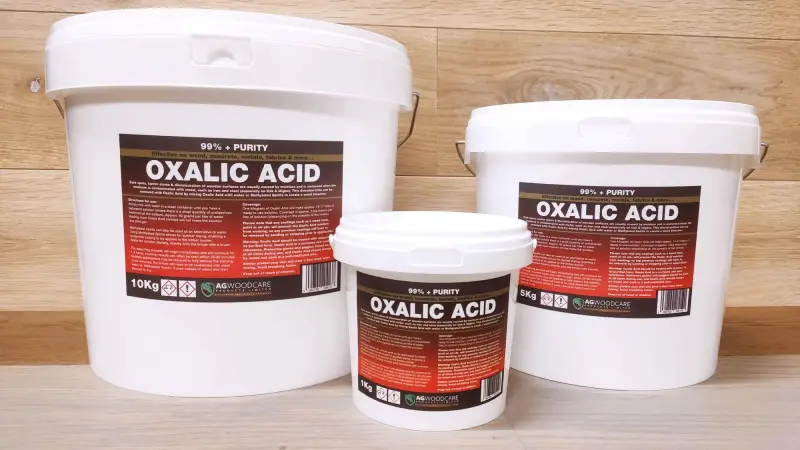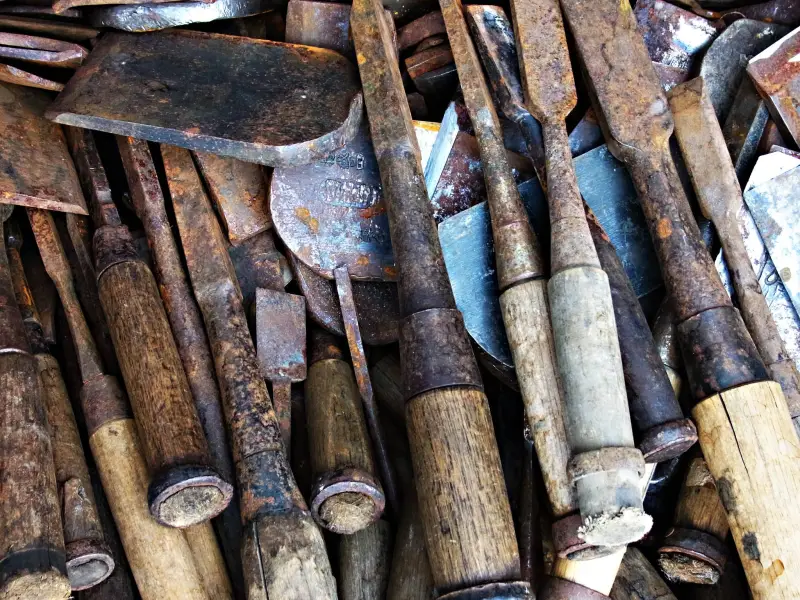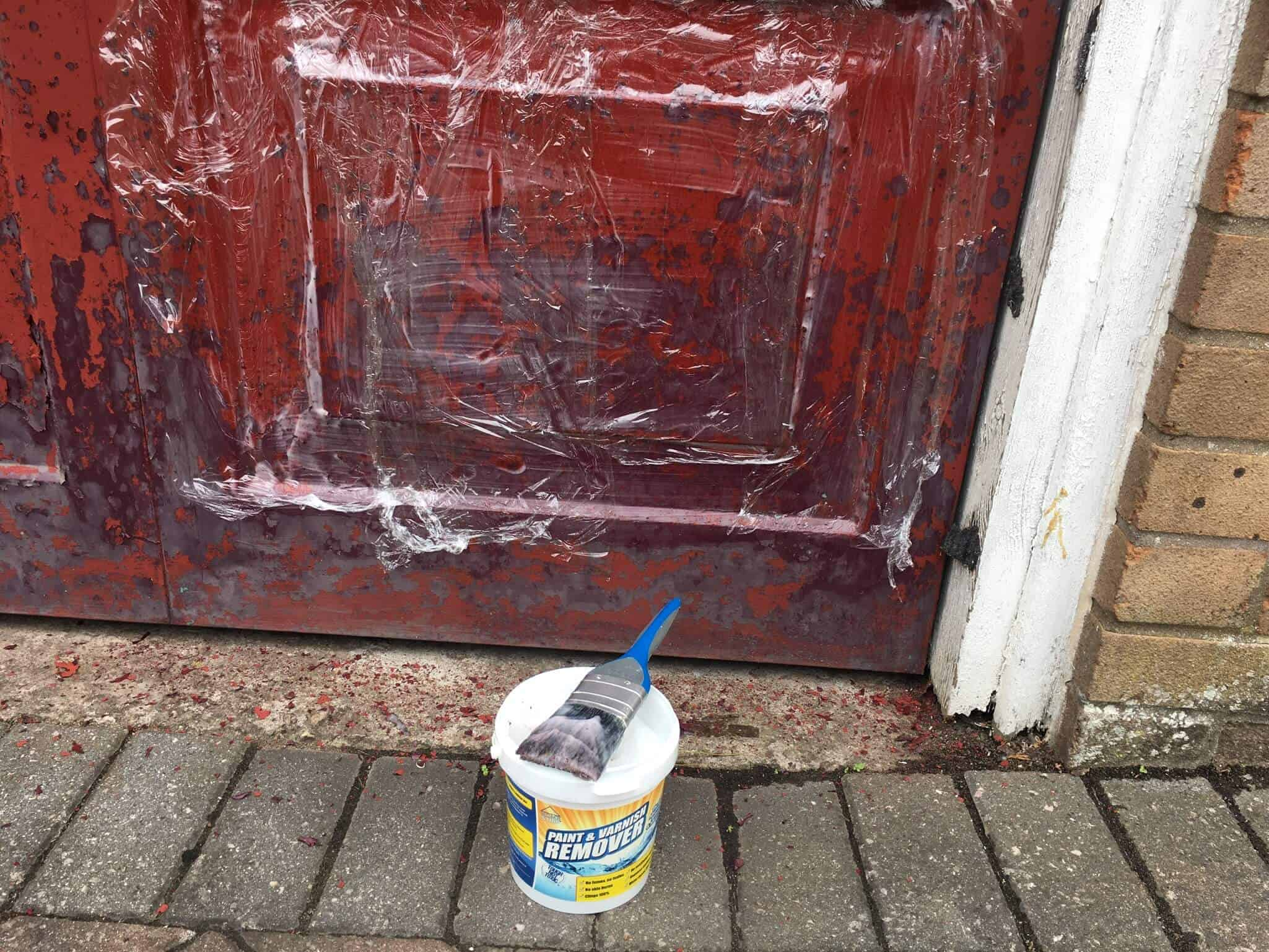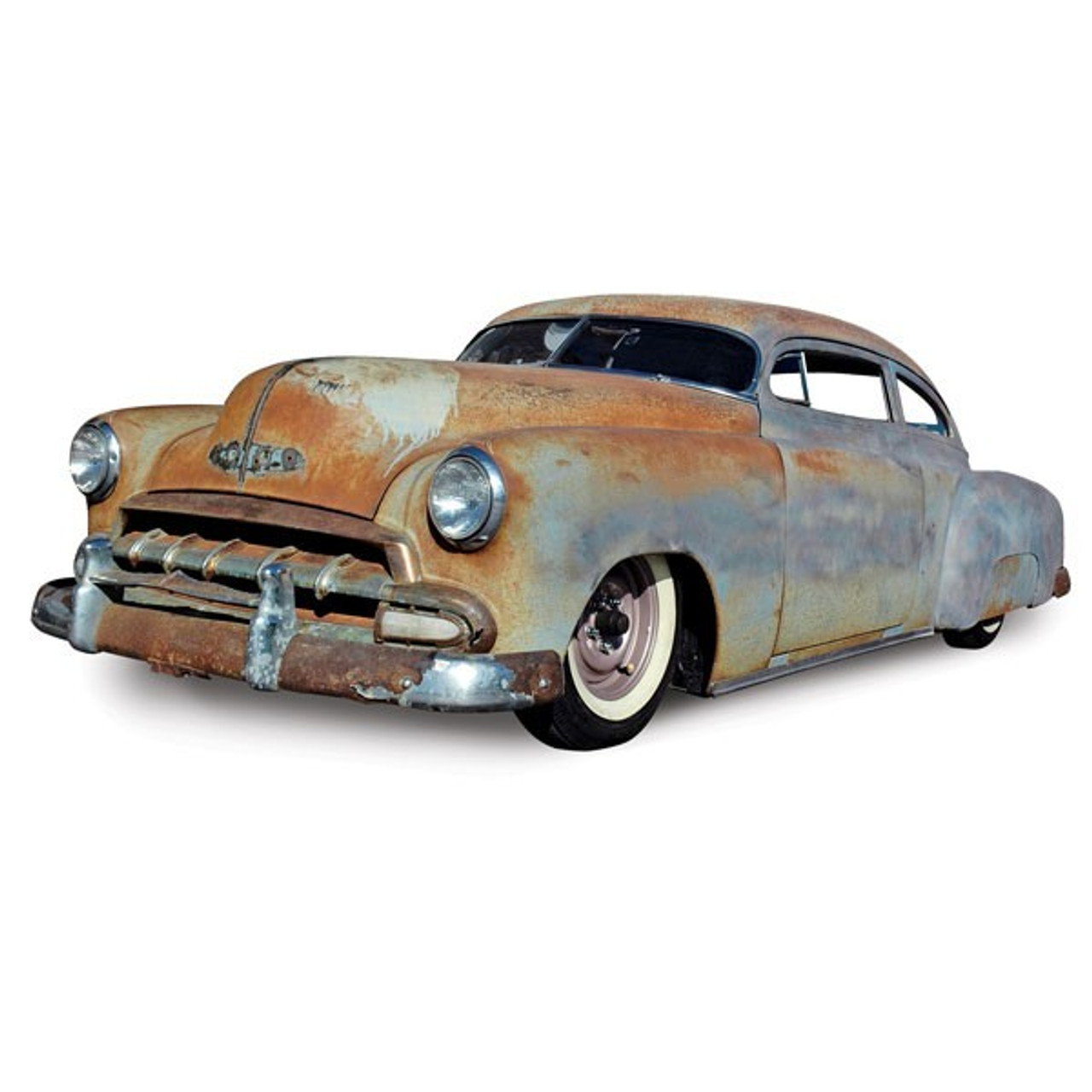Oxalic acid is a versatile and effective solution for removing rust and stains from a wide range of surfaces. This organic compound has been used for decades in various industries and households, due to its efficacy in removing rust and other stains, as well as its low cost and easy availability. Rust can be a frustrating and unsightly problem, and while there are many commercial rust removers on the market, oxalic acid is a natural and effective alternative. In this blog post, we will explore the many uses of oxalic acid for rust removal, as well as its safety and efficacy compared to other rust removal methods.
Oxalic acid is a strong and effective rust remover, but it can also be dangerous if not handled properly. Understanding how to use oxalic acid for rust removal, and how to protect yourself and the environment, is crucial for achieving the best results. Whether you’re a homeowner looking to remove rust from your metal patio furniture, or a mechanic looking for an effective rust remover for your tools, this blog post will provide you with the information you need to get started. From its properties and safety precautions, to its best uses and applications, this blog post will cover everything you need to know about oxalic acid for rust removal.
Oxalic Acid For Rust Removal Overview
It’s a natural organic compound that’s been used for decades, and for good reason. The results are always impressive, and it’s so much better than using harsh chemicals.
First off, it’s super easy to use. You just mix it with water to create a solution, and then apply it to the rust with a brush. Let it sit for a little while, and then rinse it off. And that’s it! The rust just disappears before your very eyes. It’s a bit like
Oxalic Acid For Rust Removal – Methods in Comparison
Methods for Rust Removal
- Sandblasting: Sandblasting is a process in which sand is directed at high velocity at the surface of the metal, removing rust and other debris. This method is effective but can also cause damage to the metal if not done properly.
- Chemical rust removers: Chemical rust removers are specifically designed to remove rust from metal surfaces. There are several types of chemical rust removers available, including oxalic acid.
- Sandpaper or Steel Wool: Sandpaper or steel wool can be used to physically remove rust from the surface of the metal. This method is effective but can also be time-consuming and physically demanding.
- Electrolysis: Electrolysis is a process in which an electrical current is passed through the metal, causing rust to dissolve. This method is effective but requires specialized equipment and a good understanding of electricity.
Oxalic Acid for Rust Removal Oxalic acid is a safe and effective chemical rust remover that is easy to use. It works by reacting with the rust to dissolve it, leaving the metal surface clean and rust-free. Oxalic acid is available in a powder form and is mixed with water to create the solution.
Pros of using oxalic acid for rust removal:
- Easy to use and apply
- Safe for the environment and users
- Effective in removing rust from metal surfaces
- Available in a powder form, making it easy to store and transport
Cons of using oxalic acid for rust removal:
- Can cause damage to some types of metal if not used properly
- Can be harmful if ingested or splashed in the eyes
- May require multiple applications to fully remove the rust
| Method | Pros | Cons |
|---|---|---|
| Sandblasting | Effective, efficient | Can cause damage to metal |
| Chemical rust removers | Effective, safe | May require multiple applications |
| Sandpaper or Steel Wool | Effective, physically demanding | Time-consuming, physically demanding |
| Electrolysis | Effective, efficient | Requires specialized equipment, electricity knowledge |
| Oxalic Acid | Easy to use, safe, effective | Can cause damage to some metal, harmful if ingested |
In conclusion, oxalic acid is a safe and effective solution for removing rust from metal surfaces. However, it is important to understand the pros and cons of each method and to follow safety precautions when using oxalic acid. If you have any doubts or questions, it is always best to consult a professional for advice.

Equipment To Work With Oxalic Acid For Rust Removal
| Equipment | Description |
|---|---|
| Oxalic Acid Powder | A strong and effective rust remover in powder form, usually sold in small quantities. |
| Mixing Container | A container to mix the oxalic acid powder with water to create a solution. |
| Measuring Spoon or Scale | To accurately measure the correct amount of oxalic acid powder needed for the solution. |
| Brush | To apply the oxalic acid solution to the rust. |
| Gloves | To protect your hands from the acid solution. |
| Safety Glasses | To protect your eyes from splashes of the acid solution. |
| Apron | To protect your clothes from splashes of the acid solution. |
| Bucket | To rinse off the acid solution after it has been applied to the rust. |
| Rags or Cleaning Cloths | To wipe off the surface after rinsing. |
Note: Always make sure to follow safety precautions and read the instructions on the oxalic acid product carefully before using it.
Step-by-Step Instruction On Oxalic Acid For Rust Removal
- Gather your equipment: Before you begin, make sure you have all of the necessary equipment, including oxalic acid powder, a mixing container, a measuring spoon or scale, a brush, gloves, safety glasses, an apron, a bucket, and rags or cleaning cloths.
- Prepare the solution: Measure out the correct amount of oxalic acid powder needed for the solution and mix it with water according to the instructions on the product. Stir the solution well until the powder has fully dissolved.
- Apply the solution: Using a brush, apply the solution to the rust and allow it to sit for the recommended time specified in the instructions. Do not let the solution sit on the surface for longer than recommended, as this can cause damage to the metal.
- Scrub the rust: Using a stiff-bristled brush, scrub the rust to remove it from the surface. Be sure to scrub gently so as not to cause damage to the metal.
- Rinse the surface: Using a bucket of clean water, rinse the surface to remove the oxalic acid solution and any loosened rust. Wipe the surface dry with a clean cloth.
- Dispose of the solution: Pour the used solution down the drain, being careful not to splash it on yourself or others. Follow local regulations for the disposal of hazardous materials.
Note: Always make sure to follow safety precautions and read the instructions on the oxalic acid product carefully before using it.

F.A.Q.
Is oxalic acid safe to use?
Yes, oxalic acid is considered safe to use when handled properly and used in the correct dilution. However, it is still an acid and should be treated with care. Always wear gloves, safety glasses, and an apron when using oxalic acid, and make sure to follow the instructions on the product carefully.
Can oxalic acid be used on painted surfaces?
No, oxalic acid should not be used on painted surfaces, as it can damage the paint. If you are trying to remove rust from a painted surface, it is best to use a different method or product specifically designed for that purpose.
How long does the solution need to sit on the rust?
The amount of time the solution needs to sit on the rust will vary depending on the severity of the rust. Generally, it is recommended to let the solution sit for 5-30 minutes, but it is always best to follow the instructions on the product for the best results.
Can oxalic acid be used on stainless steel?
Yes, oxalic acid can be used on stainless steel to remove rust, but it is always best to test a small, inconspicuous area first to make sure that it does not damage the stainless steel.
Can the solution be reused?
No, the solution should not be reused, as it becomes less effective with each use. It is best to prepare a fresh solution for each use.



Leave a Reply